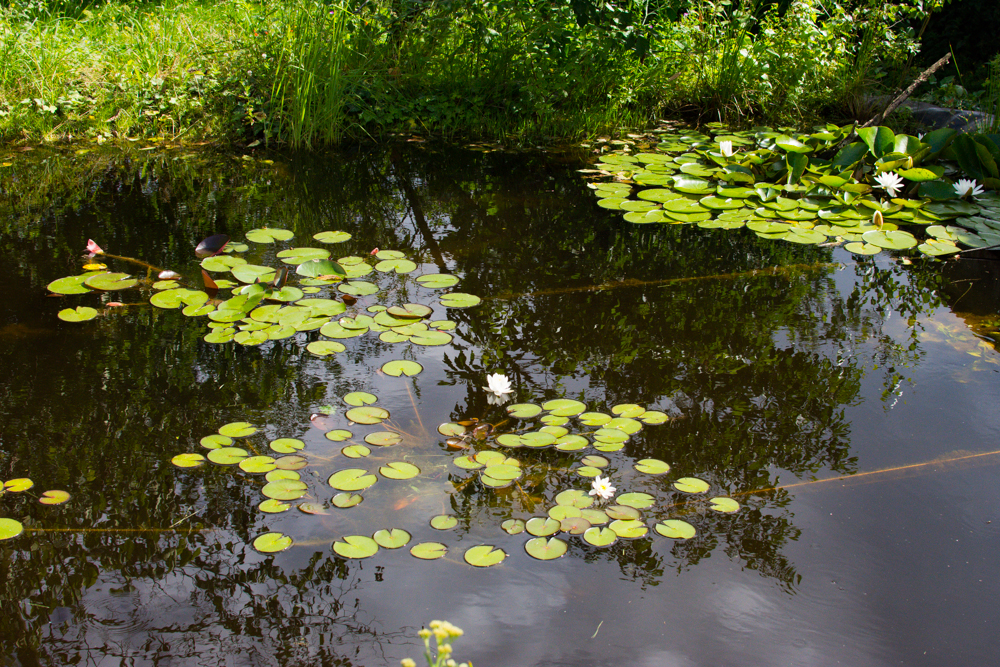Thanks to the help of volunteers from the general public, the project to save this native Czech fish has made a promising start. More than 1000 people have already joined in the rescue of the crucian carp.
By involving public volunteers, it is possible to obtain many times more scientific data. However, the quality of data collected in this way is often questioned by experts. Among the most common doubts from scientists is the lack of ability of volunteers to distinguish between different fish species. The survey is complicated by the fact that the these two species (the crucian carp and gibel carp) are very similar and not everyone can correctly identify them. Thus, reports of the crucian carp often prevail, even though they are often the invasive gibel carp.
The project involved a identification quiz in which volunteers are asked to distinguish the crucian carp from the gibel carp. The results show that it is only possible to prefer data from participants possessing a very good ability to distinguish the two species from each other (Figure 1), and the quality of the data obtained is therefore high.
This event proves that public involvement in scientific projects is an invaluable asset. The verification of the reported sites has found a large number of the crucian carp populations and the success rate is around 30 %. Without the help of the public we would not have found these populations.

